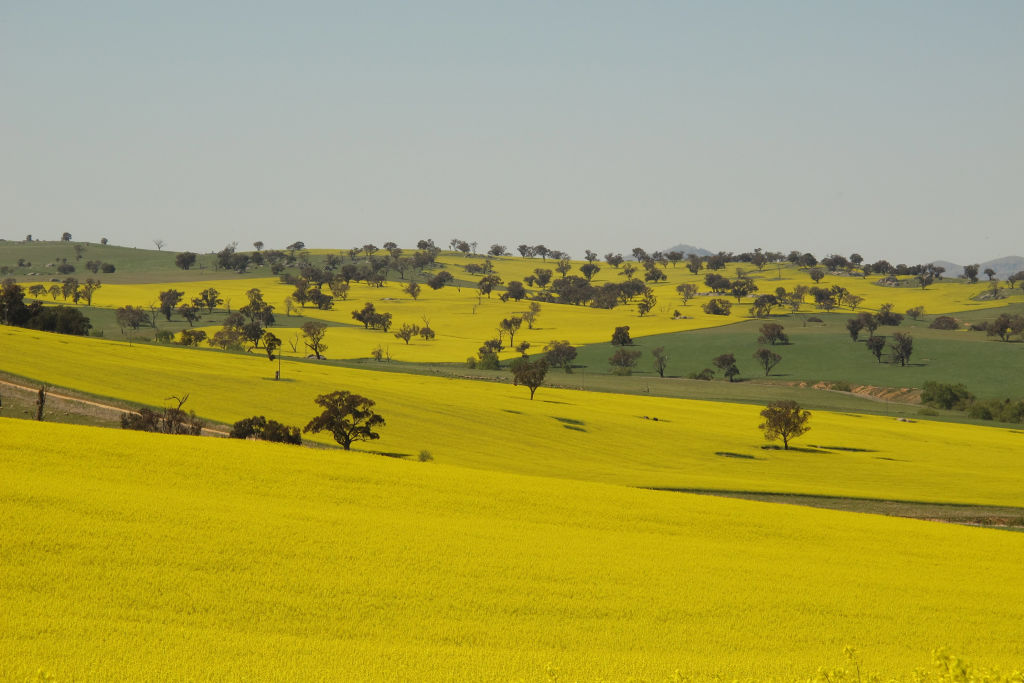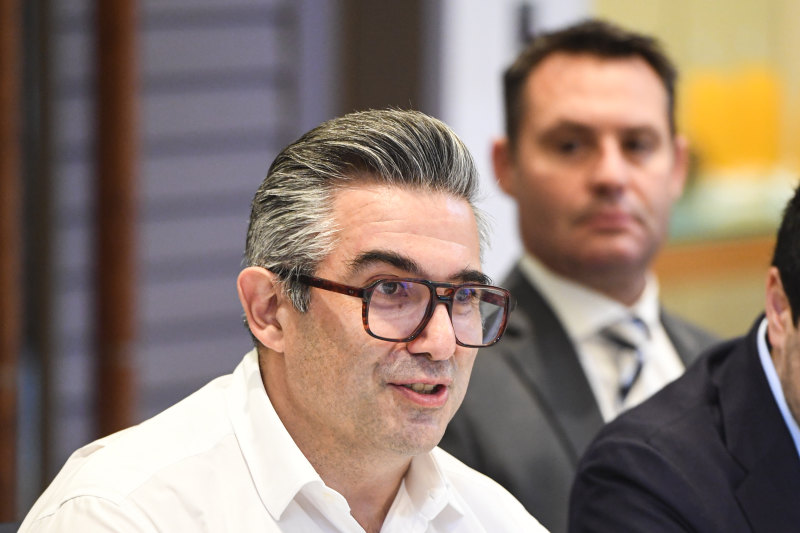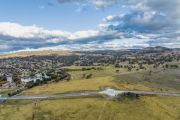
'Digital agriculture' may turbocharge industry by $20.3 billion each year
Innovation has helped make agriculture a $60 billion industry in Australia and continuing investment in world-leading agricultural innovation systems will be crucial for the sector to reach $100 billion by 2030, according to the federal government.
New technologies and ways of farming have been boosting farm productivity for some time, but it’s the better use of data that could turbocharge the industry.
“Australian farmers are among the most efficient in the world, with a long history of productivity gains through innovation and adaptation to challenges,” a spokesperson for the Department of Agriculture, Water and the Environment said.
Some of these adaptations have come in response to changing global markets and consumer preferences, increasing international competition, technological disruption, changing industry structures, and climate and water-related risk.
“In particular, digital agriculture – the collection and use of data to make better decisions along the value chain – has the potential to grow the agriculture sector by up to $20.3 billion each year.”
The University of New England SMART (Sustainable, Manageable, Accessible Rural Technology) Farms, which comprises eight properties spanning 3655 hectares in Armidale, NSW, is helping to drive the next wave of growth with its new agricultural technologies, which include those that make better use of data, digital products and the internet, the spokesperson said.
UNE SMART Farms’ head of industry engagement Dr Rachelle Hergenhan said while farm management software had been around for some time, adoption in some industries had been low.
“But only now are we touching on the ability to record data in farm management software autonomously, it’s becoming part of a data-driven solution,” she said.
“Farm management software, or decision support tools, will not do away with the human element of decision making on-farm, whether the decision is made by a consultant or the farmer. Data can and should only influence decisions – artificial intelligence is unlikely to be running farms anytime soon.”
One of the many monitoring technologies used at SMART Farms include satellite sensing technologies that involve using a sensor, or a number of sensors, close to pastures to help monitor how green they are and how much pasture is available.
“This might be a small hand-held device that you hold over the pasture to assess it. Satellite technologies are remote sensing technologies that monitor pastures via satellite imagery,” Dr Hergenhan said.
Monitoring pasture levels was important to ensure there was enough left to maintain plant cover on the ground, and that diversity of plant species within the pasture was maintained.
“Doing this then improves the productivity of the pasture in terms of the amount and quality of feed available for grazing and therefore animal productivity,” she said.
FarmLink, a not-for-profit farming systems research group in Temora, NSW, carries out trials at their farm site, in addition to its members’ properties.
“Members are often keen to host trials, because it allows them to try new equipment, farming practices and crop varieties without the financial risk that would otherwise be involved,” FarmLink agricultural scientist Sarah Clarry said.
“For those outside the agriculture sector, it can be difficult to picture the industry as it is now: dynamic, high-tech and growing.
“But in the midst of climate challenges and geopolitical instabilities, as well as the need for safer and more efficient food production, agriculture has created an environment where innovation is imperative, and in response, it continues to flourish.”
FarmLink chief executive Cindy Cassidy said truly great and sustained change in agriculture was achieved through the partnership of researchers and farmers.
“Our objective is to create profitable, sustainable and resilient agricultural and regional communities. We do this by bringing farmers and researchers together to jointly explore and solve problems,” she said.
Ms Clarry said during the past two decades, farmers had, for example, adopted soil moisture monitors to measure plant stress, satellite yield mapping to measure performance at a paddock level, and weed-seeking technology for spraying crops.
“The latter uses near-infrared sensors, and more recently, 3D cameras and artificial intelligence to distinguish weeds from crops and apply herbicides directly to the weed.
“This technology has resulted in an enormous reduction in the amount of herbicides used on-farm.”
Meanwhile, in other agricultural sectors such as livestock, CSIRO and their collaborators Agersens have developed a virtual-fencing system which replaces physical fencing with GPS-enabled collars, wireless technologies and sensors, Ms Clarry said.
“Virtual fencing enables livestock to be confined or moved without the use of fixed fences, improving the ability of the producer to manage their pastures and water resources, and save on labour and capital required for the maintenance of fenced paddocks.”
Virtual herding technology is used in the eShepherd – a GPS-enabled, solar-powered smart collar – which is for sale in the Australian market and used in commercial livestock production, according to the Department of Agriculture, Water and the Environment.
“Virtual fencing and herding allows feed supply and demand to be optimised,” the departmental spokesperson said.
“The technology uses coordinates, wireless technologies and sensors to control the location of livestock.”
New technology which uses imaging and robotics is also being implemented to help mango, banana, avocado and macadamia farmers keep track of tree health, as well as better predict fruit quality and yield.
Nationally, the technology is also enabling the mapping of all commercial orchards across Australia, for improved biosecurity response and post-natural disaster monitoring, the department said.










